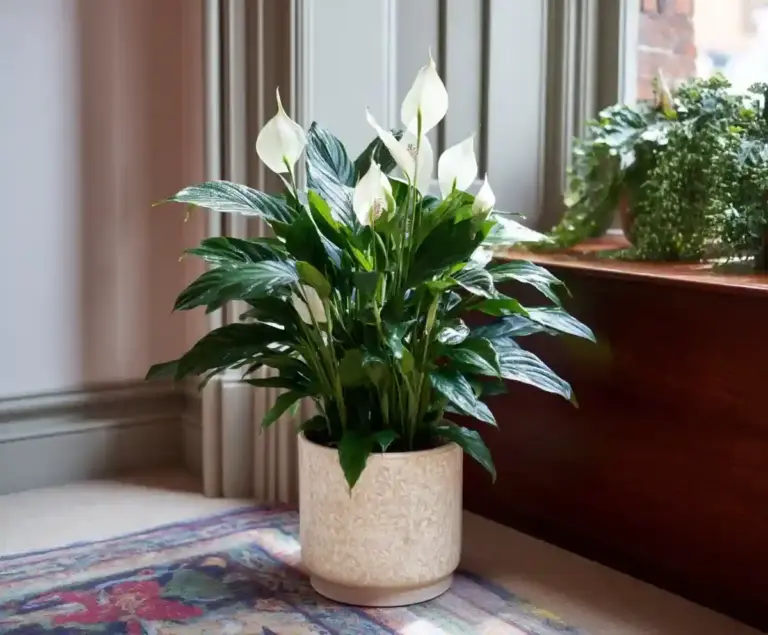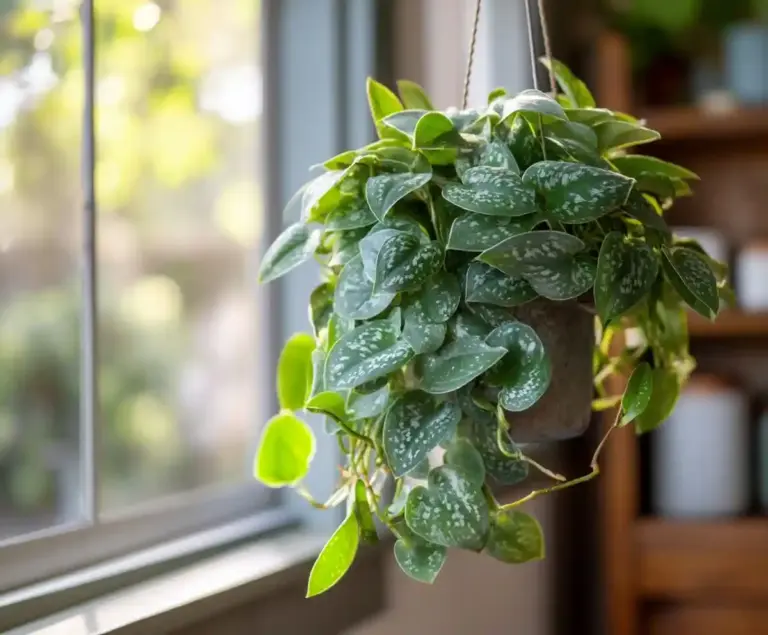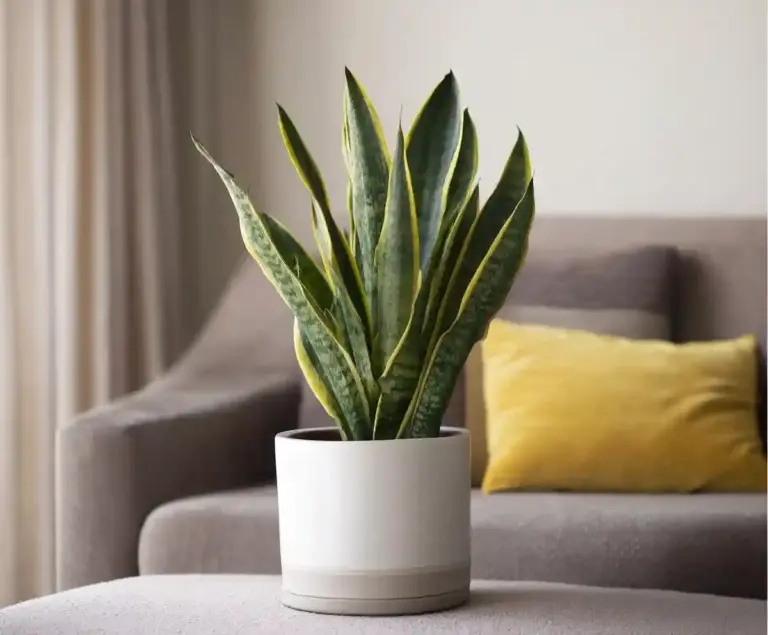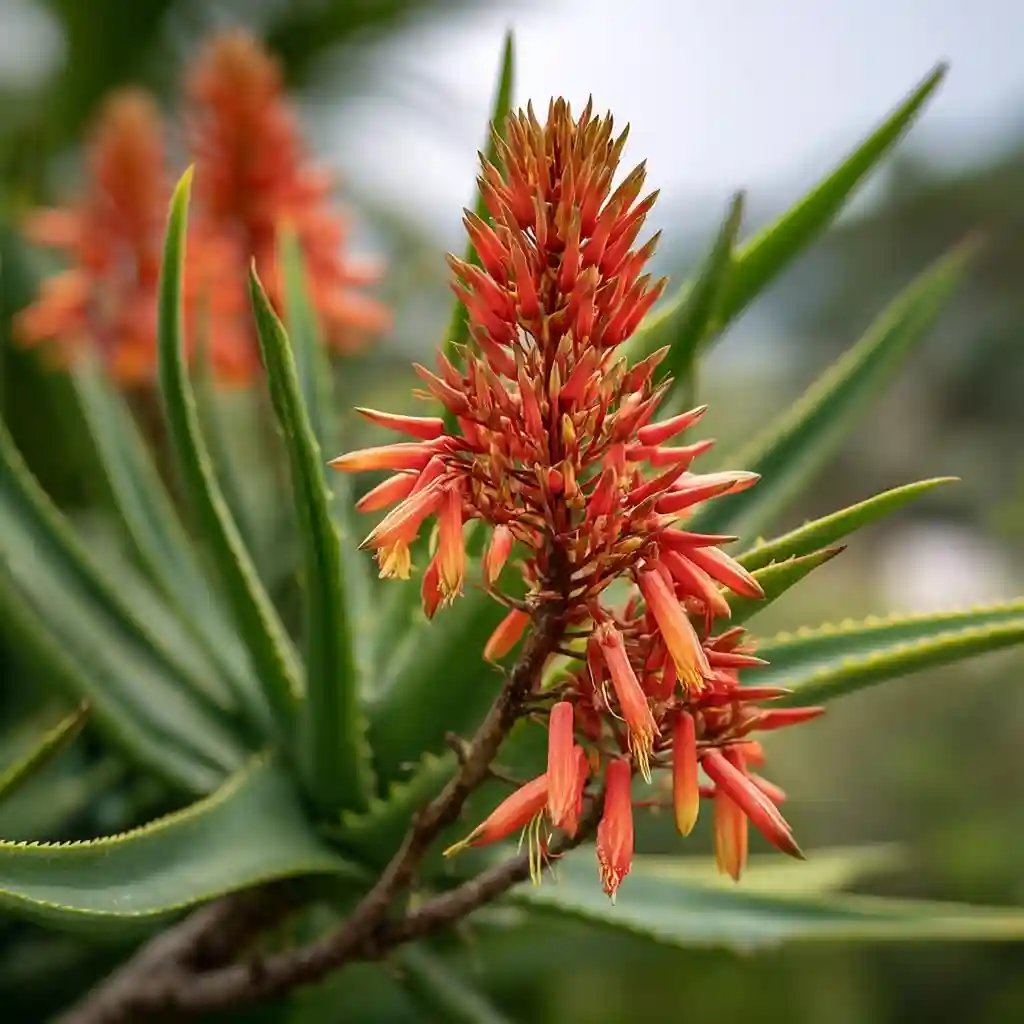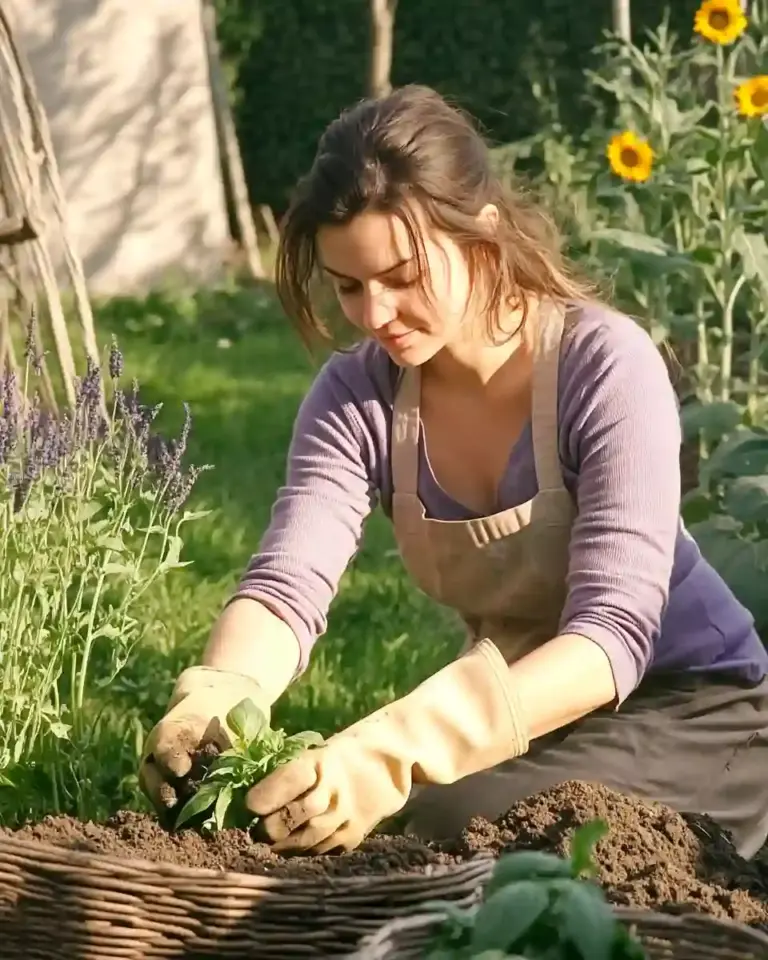How to make Aloe Vera bloom is a question many indoor gardeners eventually ask. While Aloe Vera is best known for its thick, healing leaves, this hardy succulent is also capable of producing vibrant flowers under the right conditions. But getting Aloe Vera to bloom isn’t as simple as regular watering or window placement—it takes age, light, and a little patience.
Aloe Vera needs to feel like it’s back in its natural desert habitat before it will even consider flowering. That means high light, minimal water, and steady warmth. In this article, we’ll walk through exactly what it takes to coax a flower out of your Aloe Vera, what it looks like when it happens, and why most plants don’t bloom indoors without the right setup.
Table of Contents
Conditions for Aloe Vera to Flower
For Aloe Vera to bloom, the right growing conditions are essential—and many houseplants never flower simply because they don’t get what they need. Unlike fast-growing herbs or annuals, Aloe Vera takes its time. It must reach maturity before it even thinks about producing a flower stalk. This usually means the plant needs to be at least four years old, though some may take a bit longer depending on their environment.
Aloe Vera thrives in hot, dry climates with plenty of sunlight, just like the arid regions it originates from. To encourage flowering:
- Keep temperatures between 70°F and 85°F during the growing season.
- Never expose it to temps below 55°F, which can shock the plant and stall its growth.
- Ensure it gets at least six hours of direct sunlight each day.
- Use a cactus or succulent soil mix to allow proper drainage.
- Let the soil fully dry between waterings—especially in winter.
This plant isn’t fussy, but it is strict. If it doesn’t feel like it’s in the desert, Aloe Vera simply won’t flower. It needs consistency, especially in light and temperature, to build up the energy reserves required to bloom.
What Does an Aloe Vera Flower Look Like?
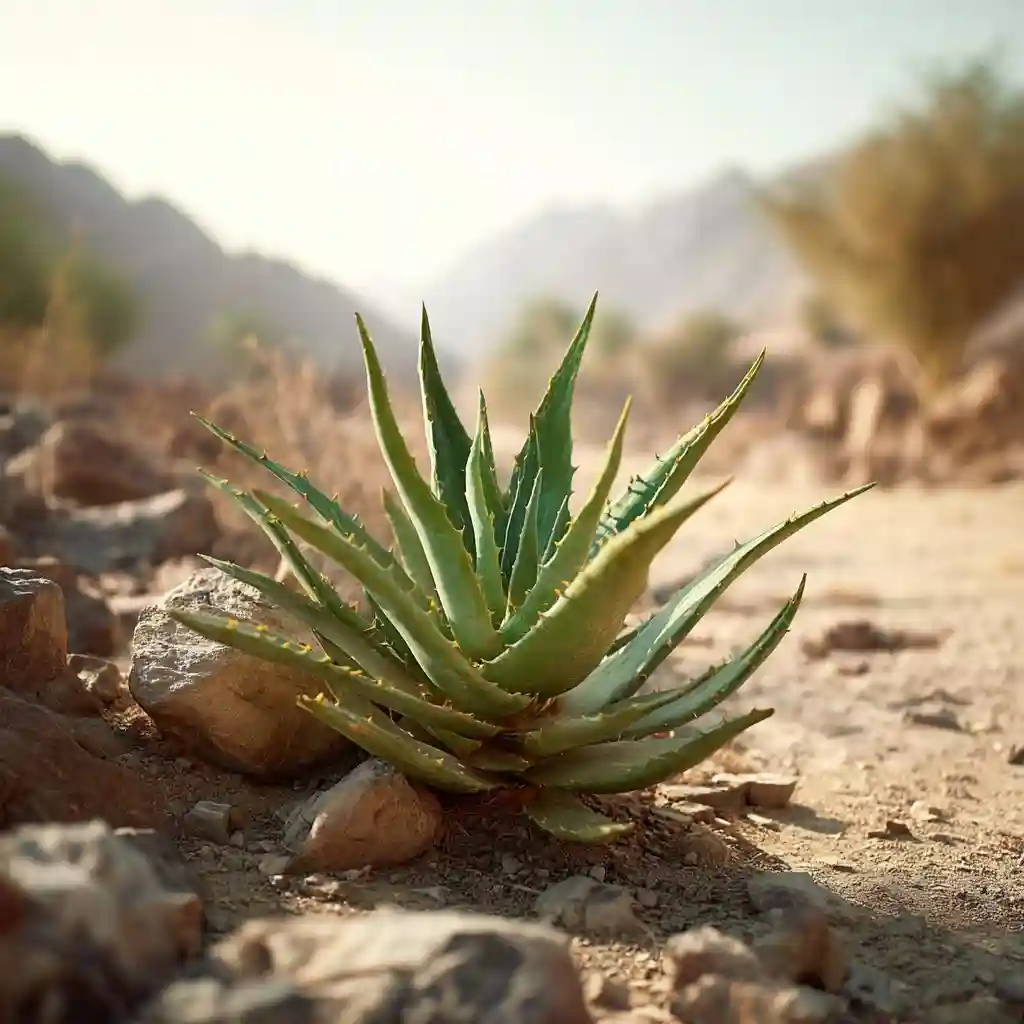
When Aloe Vera finally flowers, it puts on a surprisingly bold show. Mature plants send up a tall stalk—sometimes called an inflorescence—from the center of their rosette of thick, spiky leaves. This stalk can rise well above the plant and is topped with clusters of tubular flowers that hang or stand upright, depending on the variety.
The flowers themselves are slender, slightly flared at the tips, and come in a range of colors including:
- Yellow
- Orange
- Red
- Pink
- Occasionally white
These blooms not only add visual interest but also signal that your Aloe Vera is healthy and thriving. Each flower cluster can last two to three weeks, often appearing in late spring or early summer when growing conditions are ideal.
Keep in mind, however, that not all Aloe Vera houseplants will reach this stage. Flowering is a reward for patience and proper care. But when it happens, it’s a unique and beautiful transformation that sets your plant apart.
How to Get Your Aloe Vera to Flower
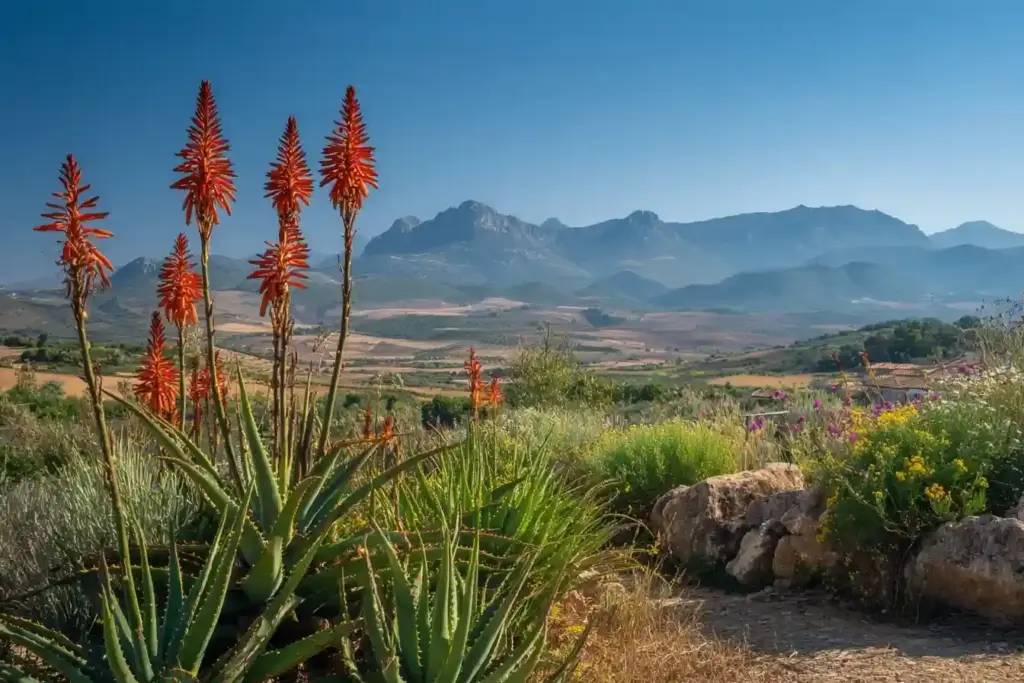
Getting your Aloe Vera to flower takes more than luck—it requires creating an environment that mimics the desert conditions this succulent calls home. Many Aloe Vera plants kept indoors never bloom, but with the right care, it’s absolutely possible.
Here’s what your Aloe needs to thrive and eventually bloom:
1. Give It Plenty of Sunlight
Aloe Vera needs at least 6 to 8 hours of direct sunlight each day. A south-facing window is ideal. If you can’t provide consistent sun indoors, consider using a full-spectrum grow light to supplement.
2. Maintain the Right Temperatures
Keep the plant in temperatures between 70°F and 85°F during its active growing season. Avoid cold drafts, and never allow it to sit in an area below 55°F, especially at night.
3. Use the Right Soil
Plant your Aloe Vera in a well-draining succulent mix. The roots hate soggy soil, and standing water will quickly cause rot. Always use containers with drainage holes.
4. Water Sparingly
Let the soil dry out completely between waterings. During winter, when the plant is dormant, water even less frequently—maybe once every 3 to 4 weeks.
5. Fertilize (But Not Too Much)
Feed Aloe Vera only once a month during the spring and summer. Use a 10-40-10 liquid fertilizer, diluted to half strength. Over-fertilizing can damage the plant and prevent blooming.
6. Move It Outdoors (If Possible)
If you live in a warm climate, move your Aloe outdoors when temperatures are safely above 70°F. Sunlight exposure from multiple angles can boost its chances of blooming.
With the right conditions and a bit of patience, your Aloe Vera may eventually reward you with a tall, colorful flower spike. Just remember, it’s not a race—blooming is a bonus, not a guarantee.
FAQ About Aloe Vera Flowering
How old does Aloe Vera need to be to flower?
Your Aloe Vera needs to be at least four years old before it can flower. Age is a key factor—young plants simply don’t have the energy reserves to produce blooms, no matter how ideal the conditions are.
How often does Aloe Vera bloom?
Most Aloe Vera plants bloom just once per year, typically in late spring or early summer. In tropical or consistently warm outdoor environments, the plant may flower multiple times per growing season.
Should I cut the flower off after it blooms?
Yes. Once the bloom fades, cut the flower stalk at the base where it meets the plant. This helps your Aloe Vera redirect energy into leaf growth and overall health instead of seed production. Don’t worry—it won’t harm the plant and may even encourage future blooming.
My Aloe Vera is healthy but still won’t flower. Why?
Even healthy Aloe Vera plants may not bloom if light, temperature, or age aren’t quite right. Blooming takes ideal conditions and maturity. If it’s younger than four years, or not getting enough light, be patient and adjust your care routine accordingly.
Conclusion
Encouraging Aloe Vera to flower takes time, consistency, and the right environment. While most people grow this succulent for its soothing gel and easy care, seeing it bloom is a rewarding bonus that signals excellent plant health.
Focus on sunlight, warmth, dry soil, and patience. Even if your Aloe Vera doesn’t flower right away, you’ll still enjoy a resilient, beautiful houseplant that improves with age. And when those vibrant blooms finally appear, they’ll be well worth the wait.
🌿 Love gardening inspiration? Follow me on Pinterest for bold plant ideas, tips, and seasonal color!
More Posts

